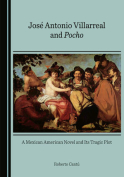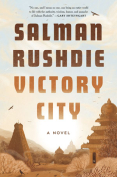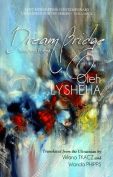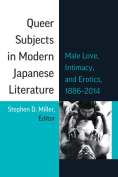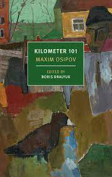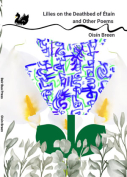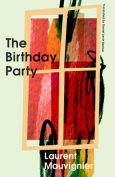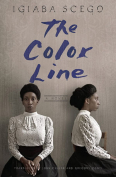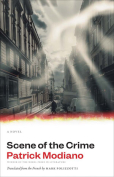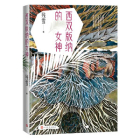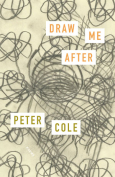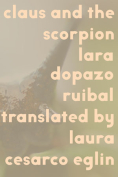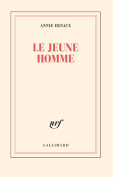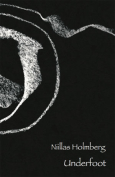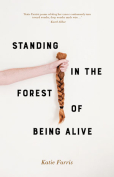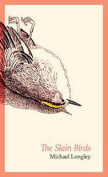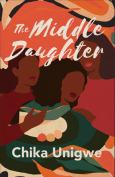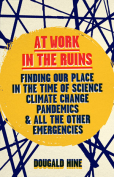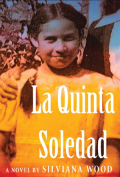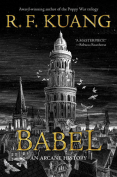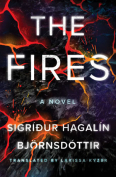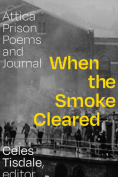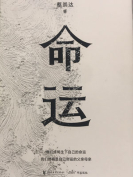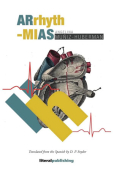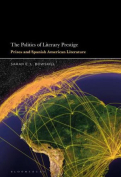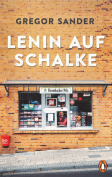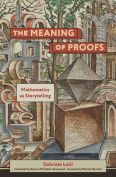Draw Me After by Peter Cole
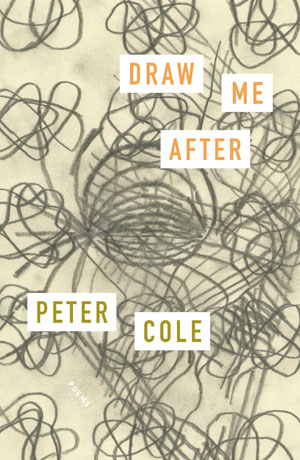 New York. Farrar, Straus and Giroux. 2022. 113 pages.
New York. Farrar, Straus and Giroux. 2022. 113 pages.
“Perhaps it also has to do with the alphabet—that there isn’t really one, that there are lots of them: each produces its own kind of thinking. Like bricks, some, fired and smooth, yield cathedrals, while others, of rough clay, become the peasants’ shacks.” The musings of Father Chmielowski, from Olga Tokarczuk’s great novel The Books of Jacob, with its special attention to Jewish history and religion, appear to apply to Peter Cole’s latest book of poetry, Draw Me After.
Draw Me After has three separate but overlapping concerns: first, like Tokarczuk’s character, it attempts to understand the implications of the architecture of language and alphabet, of the letters of the Jewish language as they are drawn. Second, building from a preceding collaboration, On Being Drawn (2020), it wants to pay homage to the drawings of Terry Winters, whose art is included in the book, as it enters into a dialogue with the poetry. Third, it includes translations by Cole from Hebrew (and, in one instance, Persian) poetry—ancient and twentieth century. All three converge as a kind of writing in the sand, where authorships disappear, intersect, and emerge.
The basic structure of this collection is provided by Cole’s glossing of the Hebrew alphabet: in twenty-two beautiful poems, these letters are brought out in their very shape and the cultural contemporary resonances that they involve, for instance in the short poem devoted to ה (‘hey’): “Hey you, she whispered / into the morning / the he inside her bare in its longing, there / in the air of soft address, flickering chicory- / black, like a con game–.” Earlier, ך’s (‘dalet’) concise but undeniable statement of Willem de Kooning’s Door to the River (1960) is related. In this way, saying or writing a letter turns into poetry; the letter, perhaps even, is allowed to find a voice of its own. Yet ה’s sweet voice is nonessential.
Instead, Draw Me After concerns a much wider tradition and dialogue, especially regarding Cole’s translations, which alternate with poems devoted to artists and critics, and to people only indicated by their initials. Indeed, the composition secures the effect that the difference between dedication and citation disappears. This must be what Draw Me After means: the poetry arrives from one, moves toward another. The coming together created here between the script of the Old Testament, on one hand, with visual art and poetical exchange on the other, then, amounts to an exceptionally subtle and profound Genesis and Bereshit story, wherein the response that follows is co-original with the voice that it answers.
Arthur Willemse
Universities of Maastricht and Hasselt
